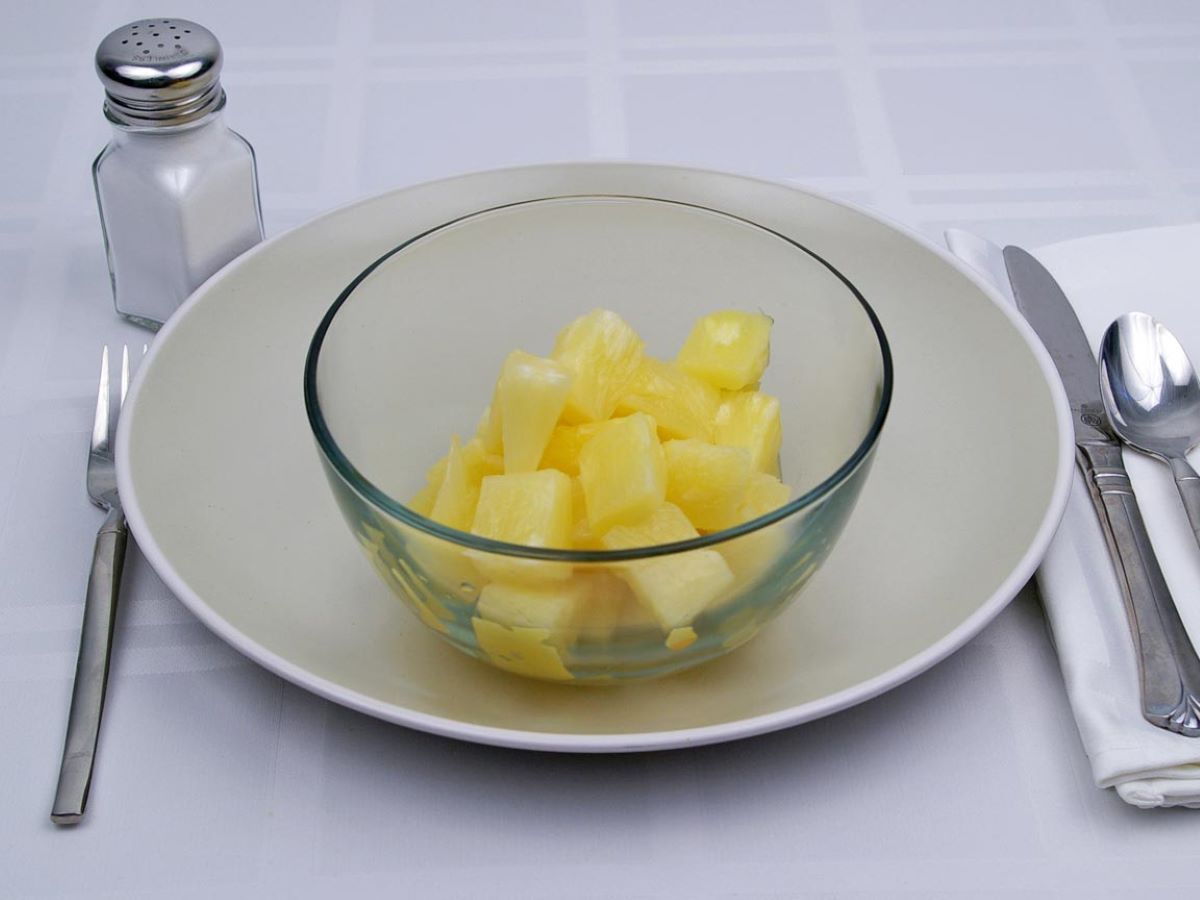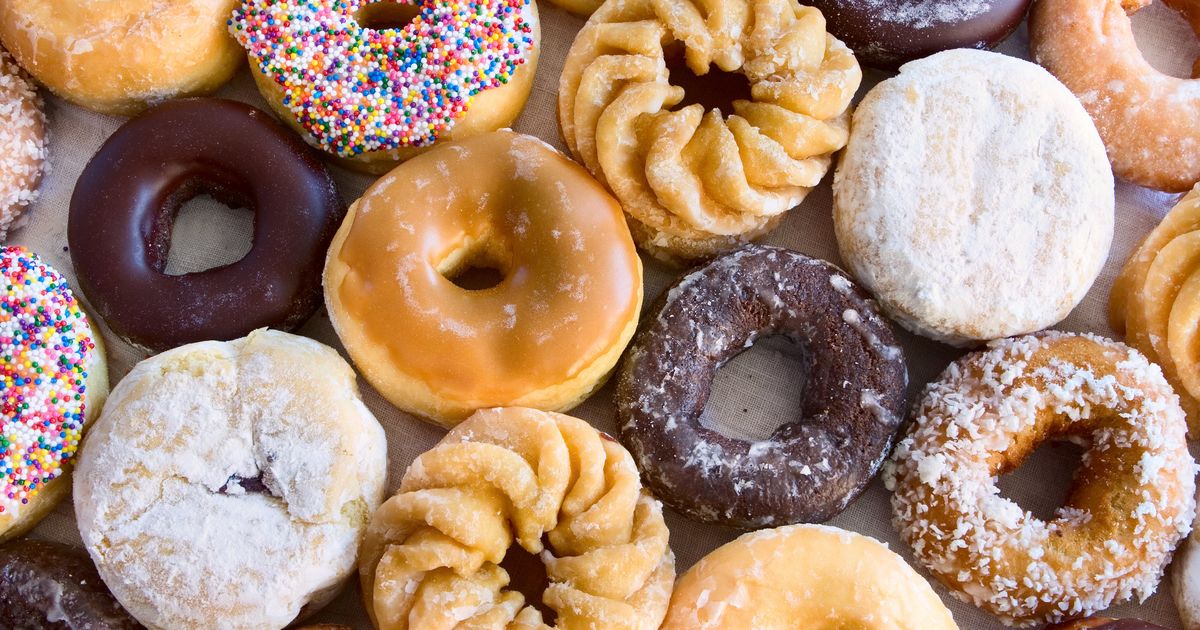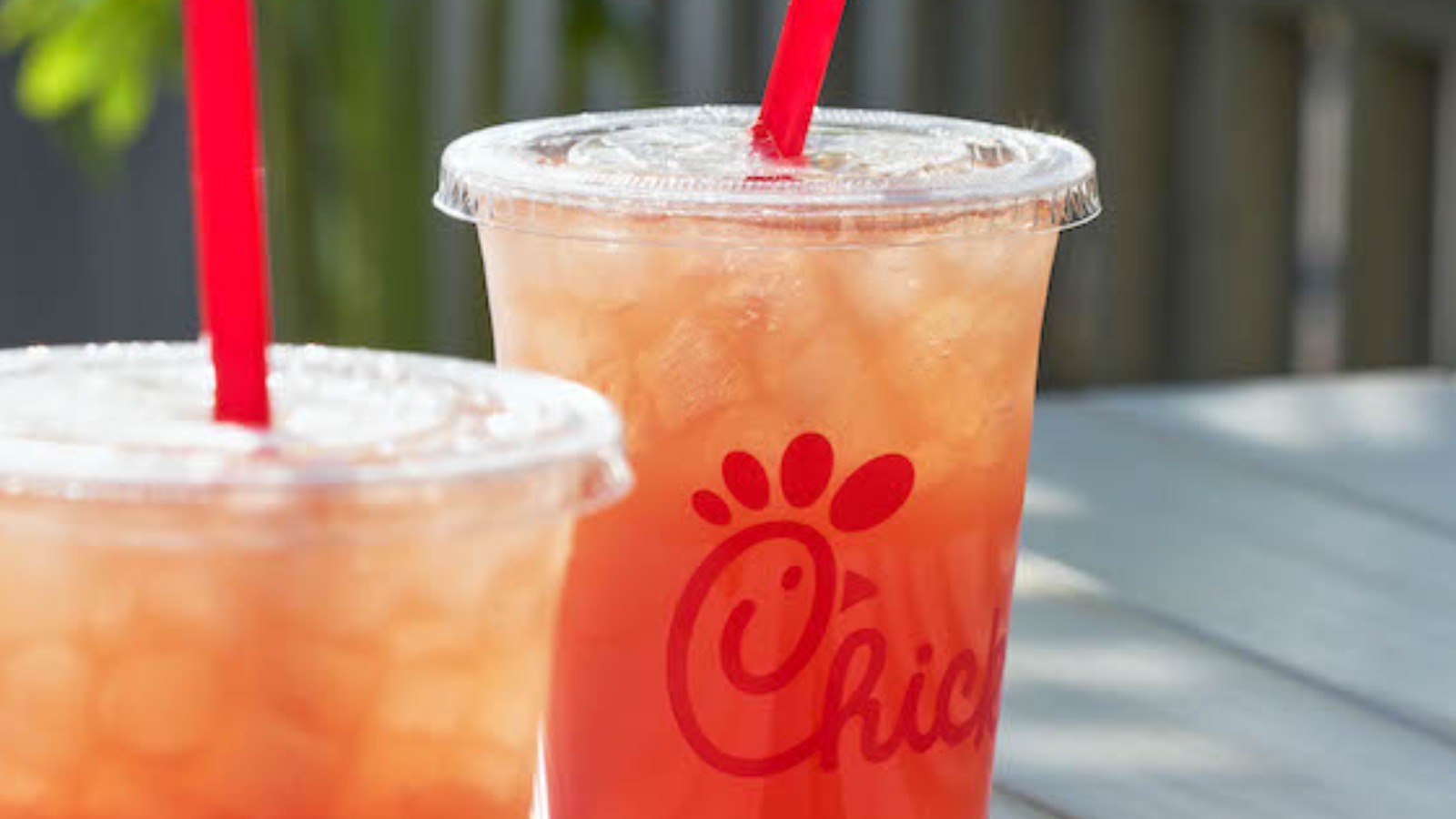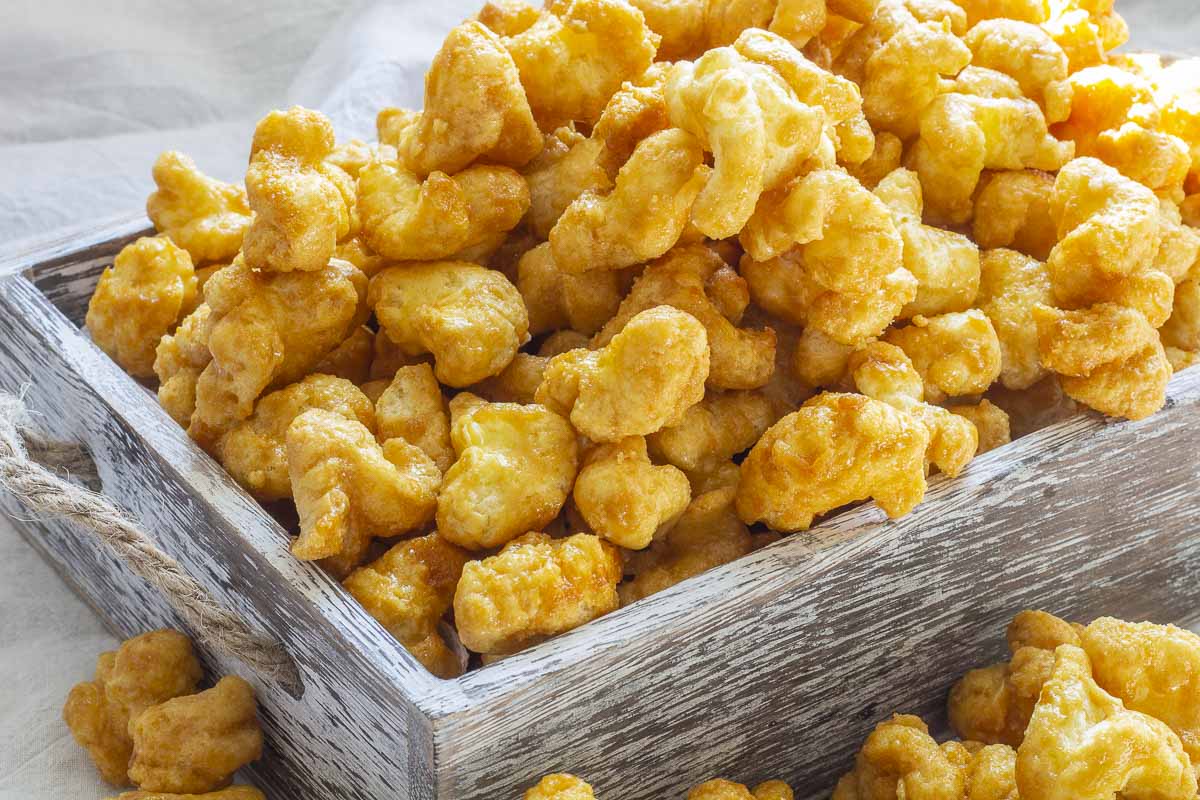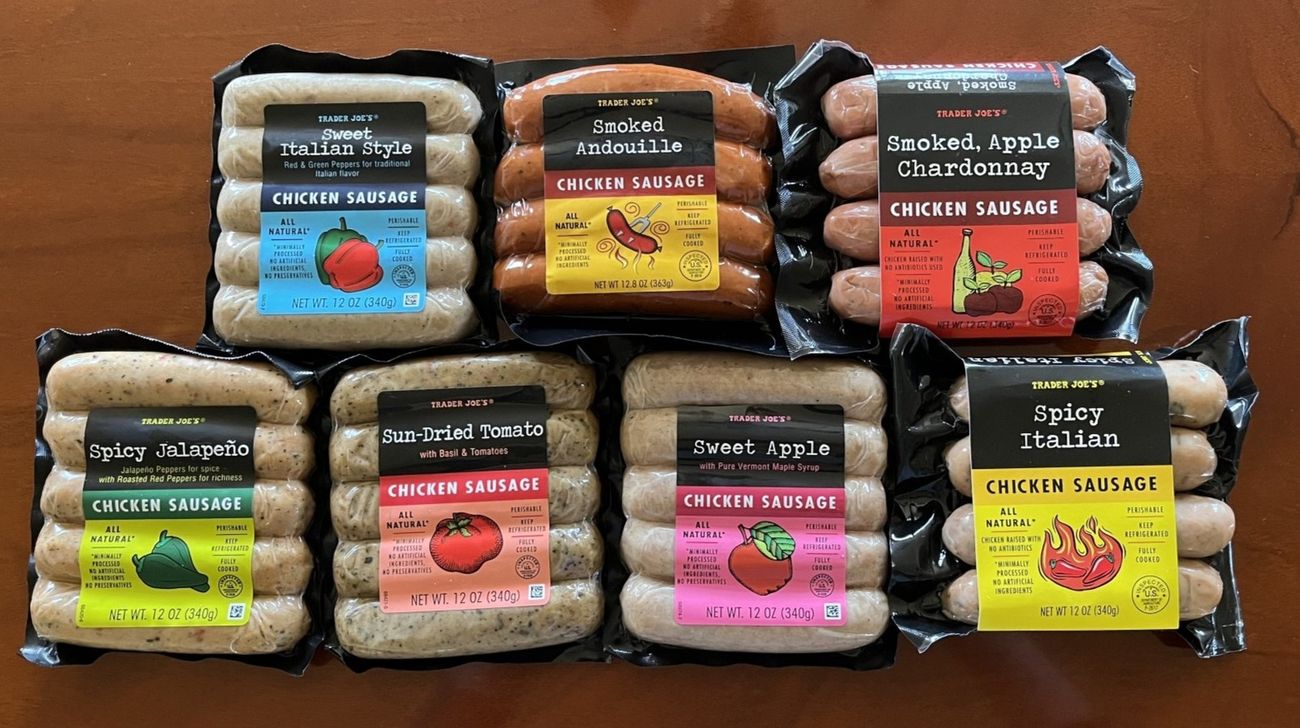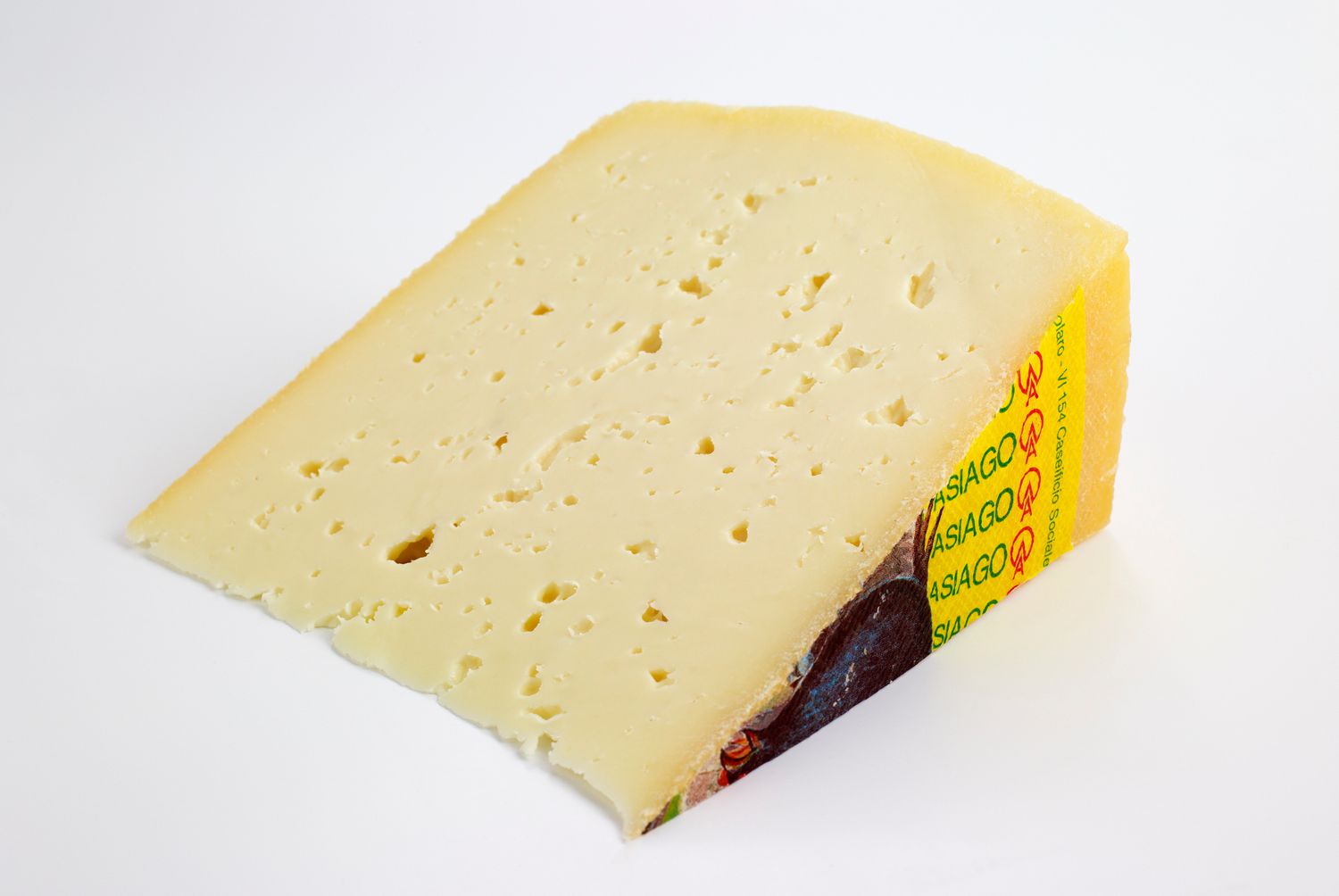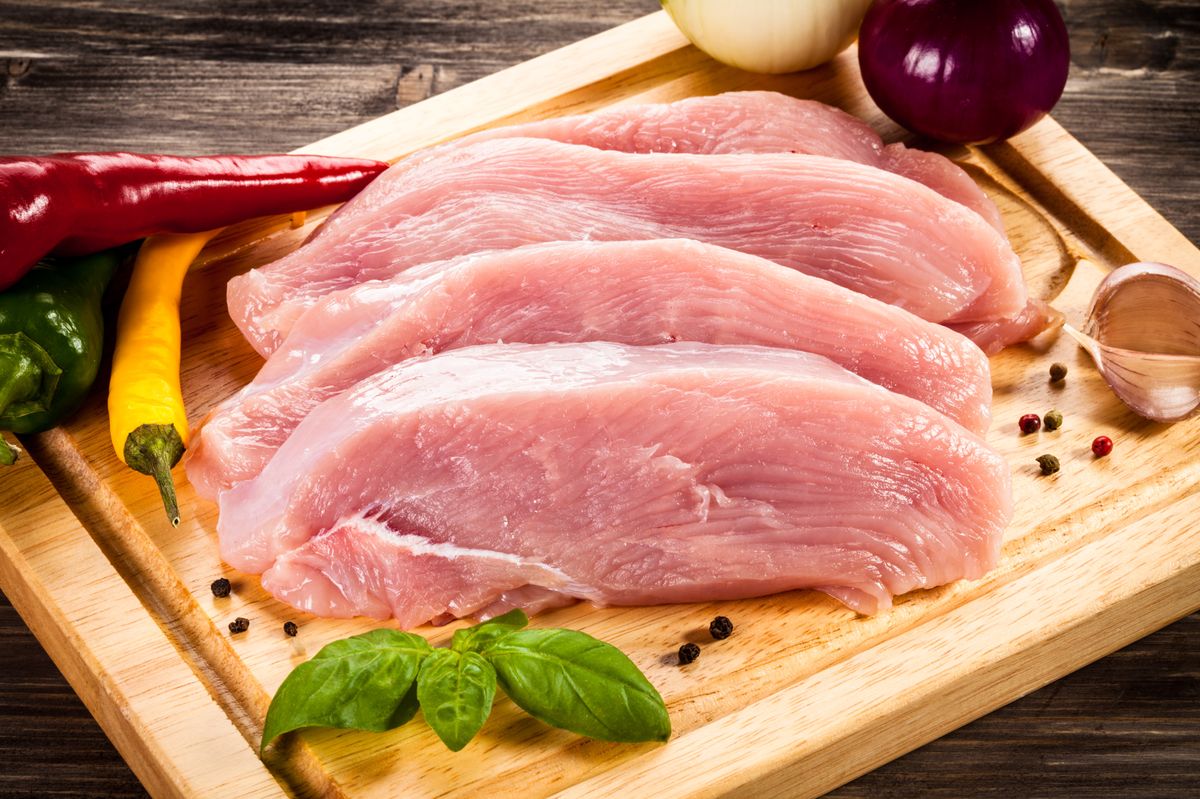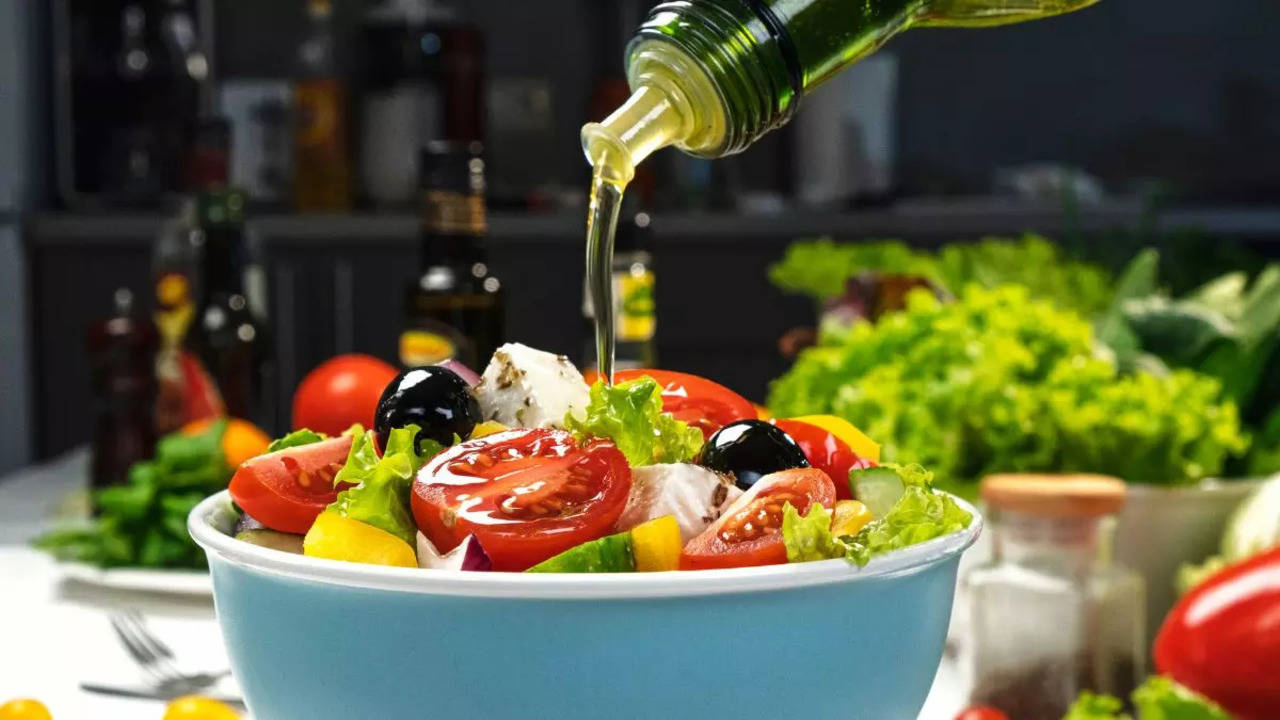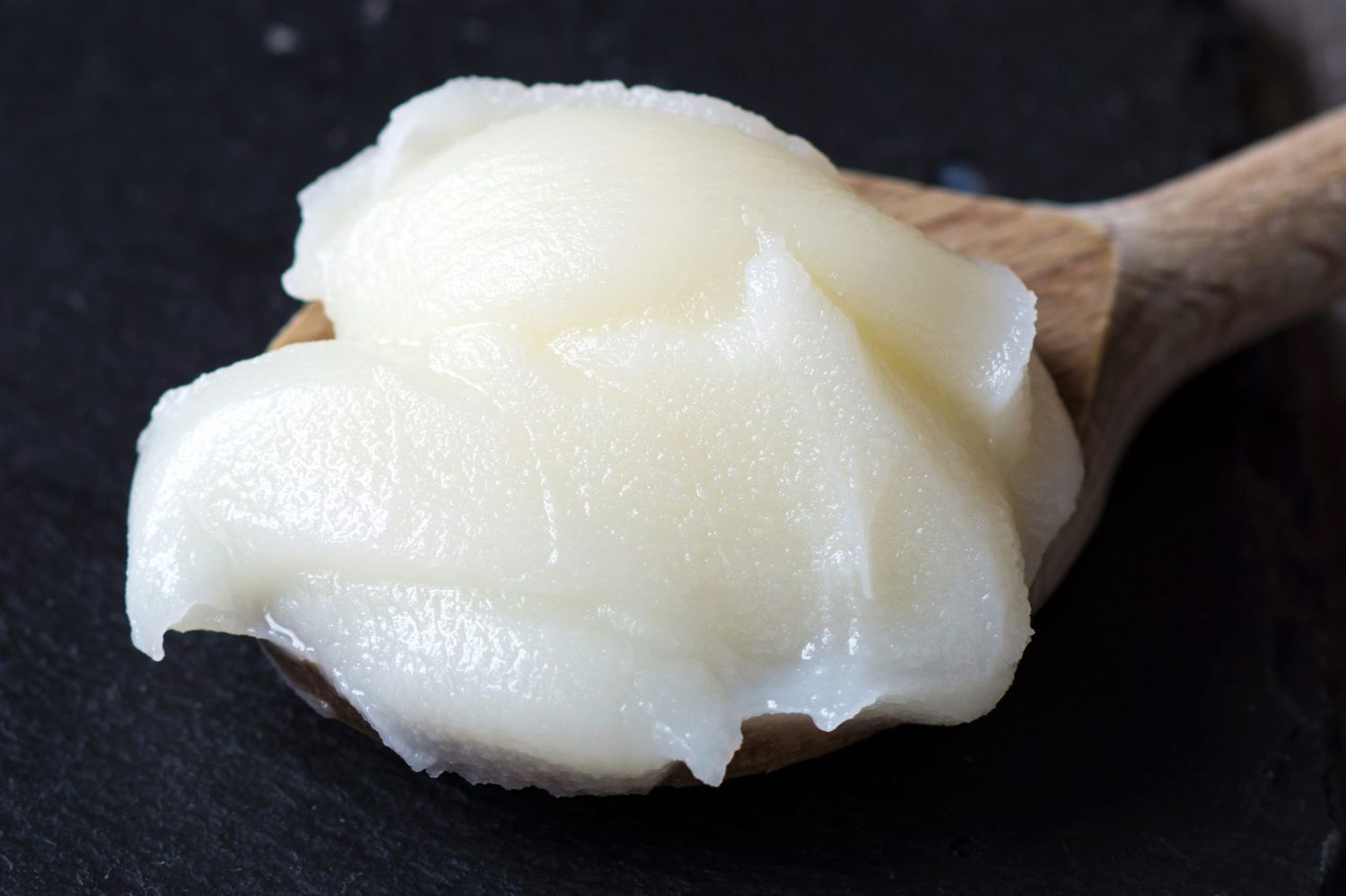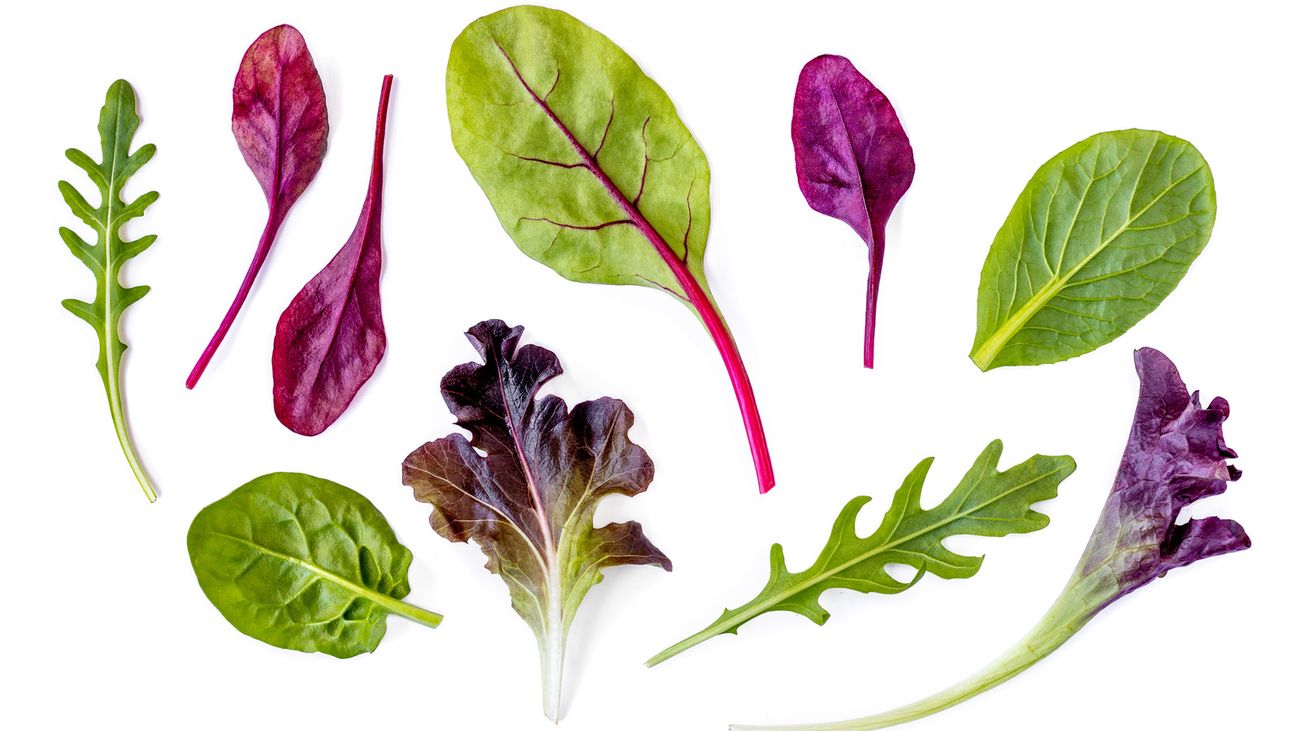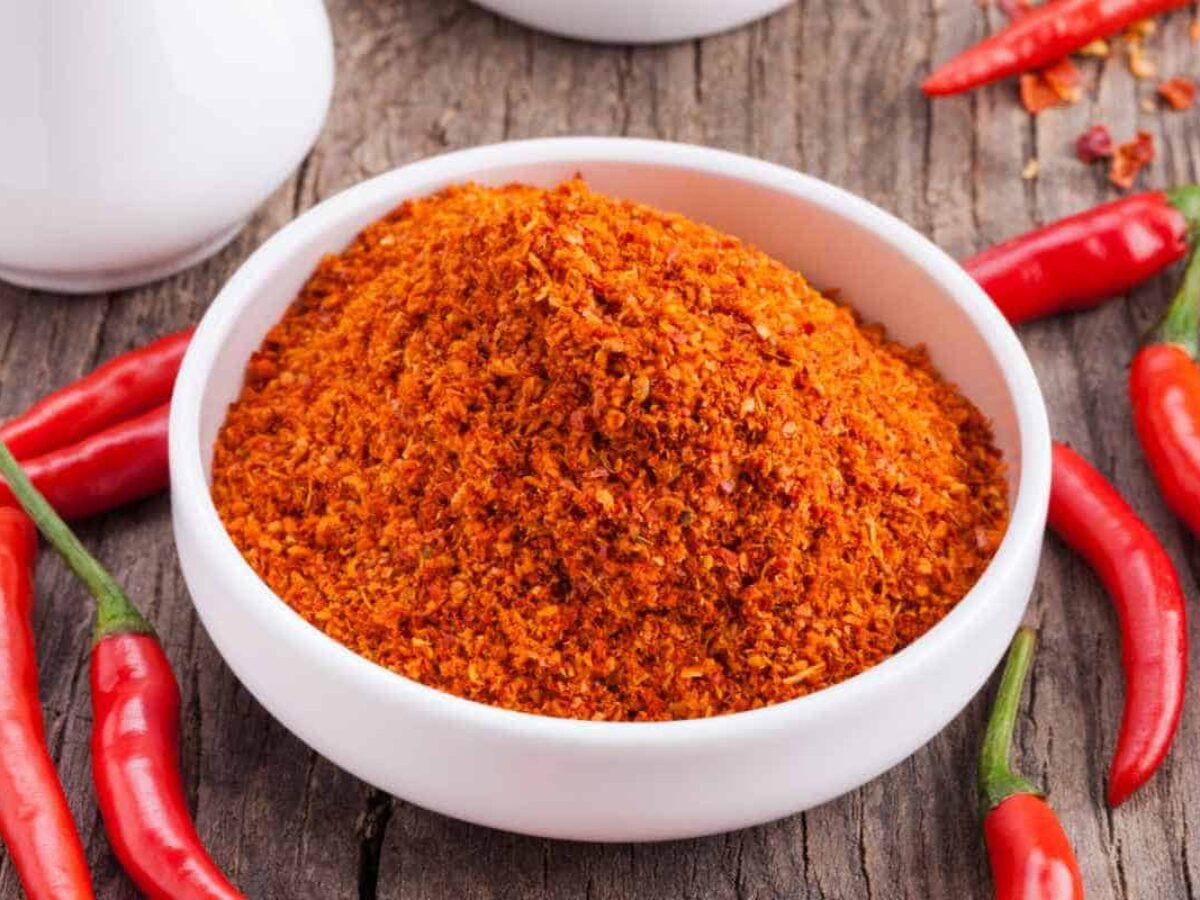The Scoop on Soft Serve and Hard Serve Ice Cream
Ice cream is a beloved treat enjoyed by people of all ages around the world. Whether you’re indulging in a cone on a hot summer day or treating yourself to a sundae, there’s no denying the appeal of this creamy, frozen dessert. However, not all ice cream is created equal. In fact, there are distinct differences between soft serve and hard serve ice cream that set them apart in terms of taste, texture, and production.
Texture and Consistency
One of the most noticeable differences between soft serve and hard serve ice cream is their texture and consistency. Soft serve ice cream is known for its smooth, creamy texture that is achieved through aeration during the freezing process. This results in a lighter, airier product that is often served at a slightly warmer temperature than hard serve ice cream. On the other hand, hard serve ice cream is denser and firmer in texture, with a more traditional, scoopable consistency.
Production Process
The production process also sets soft serve and hard serve ice cream apart. Soft serve ice cream is made using a special machine that incorporates air into the mixture as it freezes, giving it that signature light and fluffy texture. This process allows for a higher overrun, or the amount of air in the final product, which contributes to its characteristic smoothness. Hard serve ice cream, on the other hand, is typically made in larger batches using traditional ice cream churns or machines. It undergoes a slower freezing process, resulting in a denser, more solid final product.
Ingredients and Flavor Options
When it comes to ingredients and flavor options, both soft serve and hard serve ice cream offer a wide range of possibilities. Soft serve ice cream often contains slightly different ingredients compared to hard serve varieties, including stabilizers and emulsifiers that help maintain its creamy texture. Additionally, soft serve machines allow for the incorporation of flavors and mix-ins directly into the product, offering a customizable experience for consumers. Hard serve ice cream, while also available in a multitude of flavors and mix-ins, tends to have a more traditional ingredient profile, with a focus on high-quality dairy and natural flavorings.
Serving and Presentation
Another key difference between soft serve and hard serve ice cream lies in their serving and presentation. Soft serve ice cream is often dispensed directly from a machine into a cone or cup, creating a swirled, soft-serve peak that is instantly recognizable. This method of serving allows for quick and efficient production, making it a popular choice for fast-food restaurants and ice cream stands. Hard serve ice cream, on the other hand, is typically scooped into a dish or cone by hand, allowing for more precise portion control and the opportunity for creative presentation, such as scoops stacked high in a sundae or carefully layered in a banana split.
Conclusion
While both soft serve and hard serve ice cream share the same basic ingredients and are enjoyed by ice cream lovers everywhere, their differences in texture, production process, ingredients, and serving methods make each type of ice cream a unique and delightful treat in its own right. Whether you prefer the light, airy consistency of soft serve or the rich, creamy indulgence of hard serve, there’s no denying that ice cream in any form is a delicious way to satisfy your sweet tooth.
Was this page helpful?
Read Next: What Is A Substitute For Boursin Cheese?
